On the precision stage of modern industry, an extreme race about "thin" is quietly underway. From flexible circuit boards inside smartphones, separators for new energy vehicle batteries, to optical films and medical breathable tapes for high-end displays, these ultra-thin materials with a thickness of only micrometers (μm) are becoming a key force in driving scientific and technological progress. However, cutting these "thin as cicada wings" materials efficiently, non-destructively, and with high precision is a dangerous peak in front of the manufacturing industry. Pushing the cutting limits of ultra-thin materials is not only a test of slitting technology, but also the ultimate measure of the comprehensive capabilities of the entire solution.
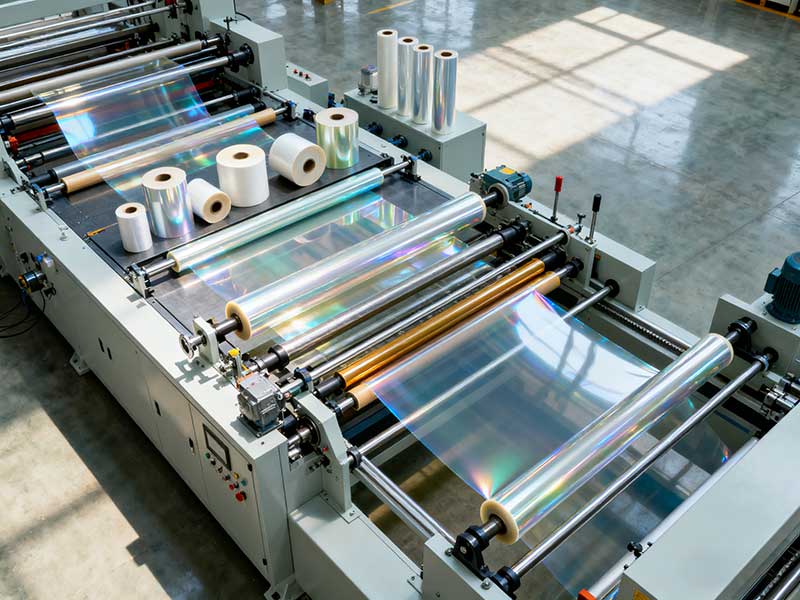
"Achilles' heel" of ultra-thin material slitting
Compared with traditional materials, ultra-thin materials face unprecedented challenges in the slitting process, and any slight defect can lead to the scrapping of the entire roll.
1. Deformation and Stretching: The thinner the material, the lower its tensile strength. Slight fluctuations in tension during the slitting process can lead to the material being elongated, deformed, or even broken, making the product dimensional inaccurate and unusable for use on automated production lines.
2. Edge Quality Nightmare: The slitting edge must be smooth, burr-free, and melt-free. Otherwise, the burrs will cause unevenness in the coil, affecting the subsequent process; For materials such as battery separators, any defects in the edges can cause internal short circuits, causing serious safety hazards.
3. Micro-art of tension control: From unwinding, slitting to winding, tension control along the entire path requires unprecedented precision. the tension is too small, the material is loose and wrinkled; If the tension is too high, the material will be directly broken. This requires an intelligent tension control system that can sense and respond instantaneously in real time.
4. Static electricity and pollution: Ultra-thin materials are very easy to generate and accumulate static electricity, absorb dust in the air, and they are also prone to debris. These tiny contaminants can be fatal quality defects for products such as optical films.
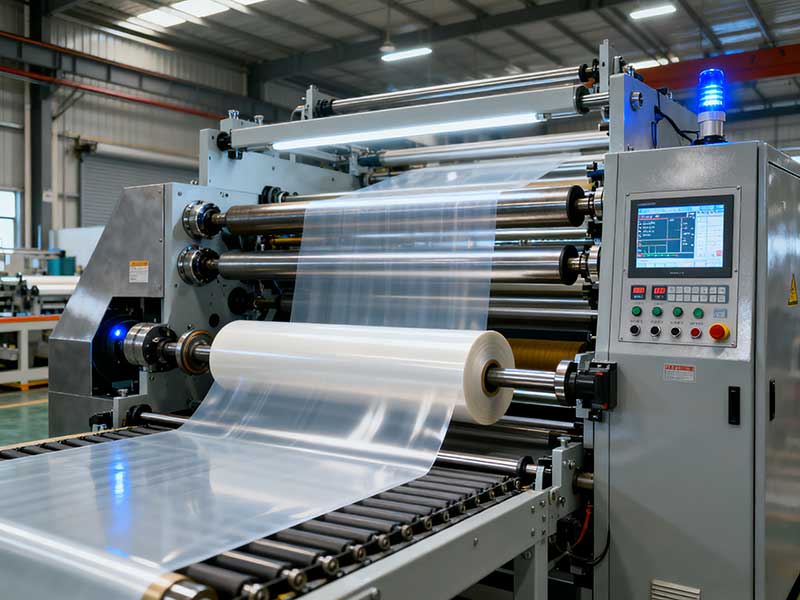
The way to break the game: a comprehensive solution for extreme cutting
To overcome the above problems, an ordinary slitting machine has long been powerless. What it needs is a systematic solution that integrates cutting-edge technology, deep process understanding, and intelligent management.
1. Innovation in core cutting technology: from "hard hit" to "precise minimally invasive"
• High-precision circular blade technology: For some ultra-thin films and tapes, it uses precision circular blades with mirror-level polishing and ultra-high hardness. The radial runout of the blade is controlled to the micron level, ensuring that every cut is precise and as sharp as a scalpel.
• Air floating slitting: For extremely fragile, surface-sensitive materials such as high-end release films, the solution is non-contact air floating slitting. Compressed air is created to create an air cushion that holds the material up, allowing the rotating blade to cut with virtually no contact, completely avoiding surface indentation and scratches.
• Laser Slitting Technology: As the ultimate "no contact" solution, laser slitting utilizes a high-energy laser beam to instantly vaporize the material, creating a perfect cutting line. It is free from mechanical stress and tool wear, making it particularly suitable for extremely thin, fragile, or highly viscous composite materials, achieving true "invisible edge" cutting.
2. Intelligent Tension Control System: Injecting the "Soul" into Materials
The core of the solution is a fully automatic tension control system with the ability to "perceive" and "think". It monitors the material force in real time through high-precision tension sensors, and is quickly calculated by PLC or industrial PC to dynamically adjust the magnetic powder clutch, servo motor and other actuators to achieve constant tension during the whole process of unwinding, traction, and winding. For ultra-thin materials, full servo drive is often used to achieve taper tension control to ensure that the inner and outer layers of the coil are tight and unwrinkled.
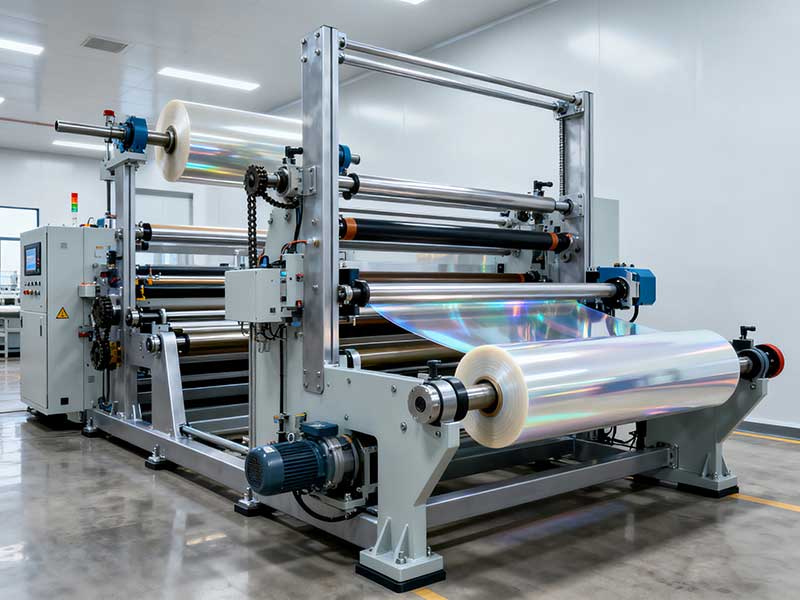
3. Integrated design of clean and anti-static
The professional ultra-thin material slitting machine solution is itself a miniature clean environment. The key parts of the equipment are equipped with ion air rods to effectively neutralize the static electricity generated by cutting; the guide rail and cylinder with oil-free design are adopted, and a local dust removal device can be optionally equipped to minimize dust sources and ensure the cleanliness of the material.
4. Data-based and intelligent empowerment
Modern solutions go far beyond machinery. By integrating MES (Manufacturing Execution System), process parameters for each slitting can be recorded and analyzed in real time – tool speed, tension, throughput, scrap rate, etc. Operators can recall preset "recipes" with one click, enabling quick switching between different products and reducing quality fluctuations caused by human intervention. At the same time, predictive maintenance based on big data can provide early warning of tool wear or mechanical failures before they occur.
Conclusion: From "Impossible" to "New Normal"
Pushing the cutting limits of ultra-thin materials is a journey without an end. It drives the continuous evolution of slitting technology from a "skill" to a "science". Today's thin slitting machine solution is no longer a single piece of equipment, but a complex system that combines precision mechanics, intelligent control, material science, and digital information.
It is with the support of this systematic solution that ultra-thin materials that once seemed "impossible" to cut can now be stably and efficiently processed in modern factories, and finally transformed into lighter, thinner and smarter electronic products in our hands, as well as safer and more efficient new energy equipment. Each successful limit cutting is not only a breakthrough in physical boundaries, but also a perfect interpretation of human innovation and wisdom, paving the way for the infinite possibilities of future technology.
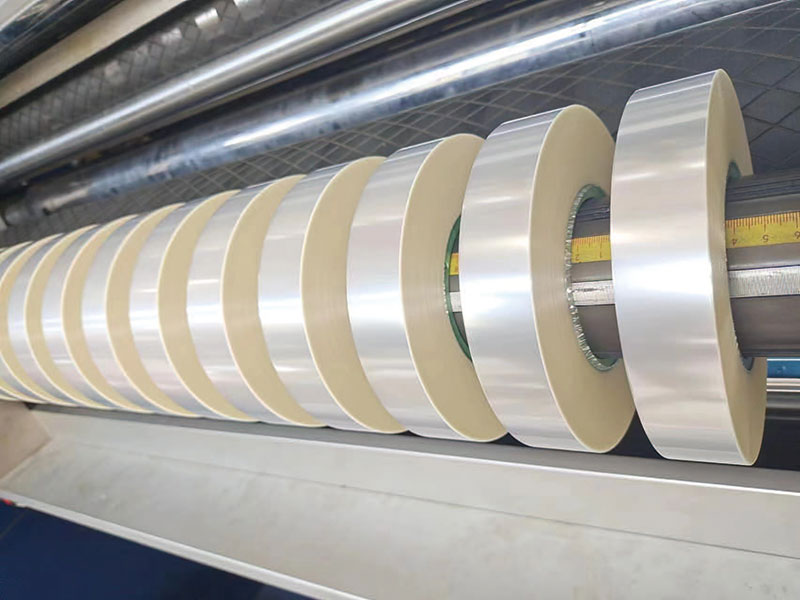 Film slitting machine: the "sharp edge" of thin material processing
Film slitting machine: the "sharp edge" of thin material processing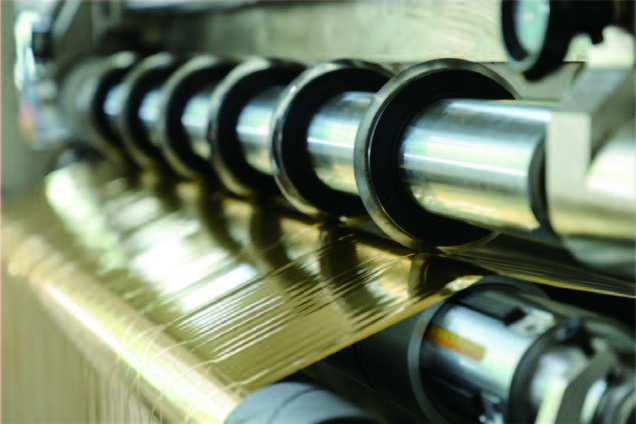 Copper and aluminum foil slitting machine: perfect cutting of extremely thin metals, casting the "invisible cornerstone" of modern industry
Copper and aluminum foil slitting machine: perfect cutting of extremely thin metals, casting the "invisible cornerstone" of modern industry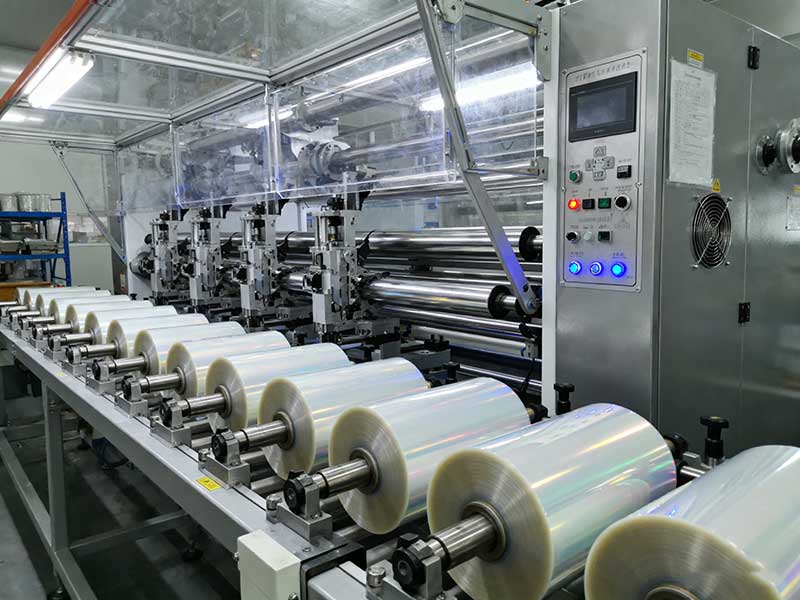 Film slitting machines: the art of precision between thin and light
Film slitting machines: the art of precision between thin and light Plastic film slitting machine: as thin as a cicada's wings, cut like a gossamer
Plastic film slitting machine: as thin as a cicada's wings, cut like a gossamer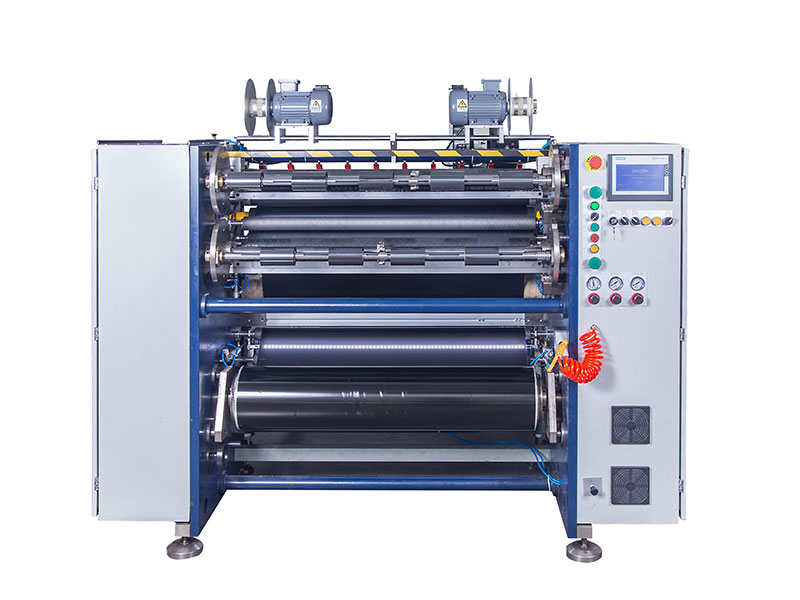 Ribbon slitting machine: stability overrides everything
Ribbon slitting machine: stability overrides everything